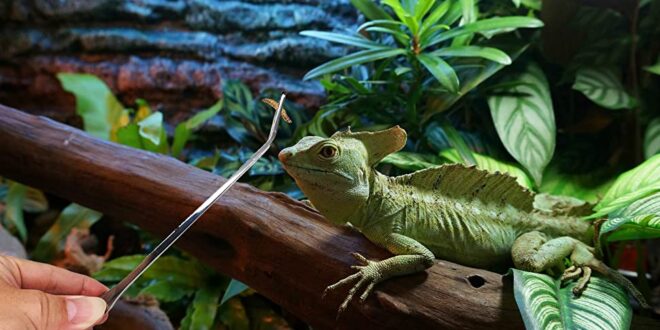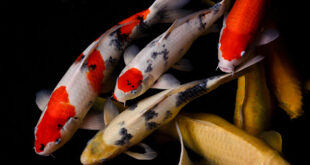Feeder insects should have the right amount of protein, fiber, ash, fat, water, and calcium to phosphorus ratio to make the perfect diet for reptiles.
Most reptiles are insectivorous. While a few reptiles eat small plants and vegetables, the most important food for reptiles is insects.
Some insects are naturally packed with nutrition, and these are ideal for your pet. They are also called staple feeders or feeder insects. The key elements that separate a good feeder insect from a bad one are protein, fat, water, fiber, ash, and calcium to phosphorus ratio.
In this article, we will look at each of these nutrition factors and their impact on reptiles.
Table of Contents
1. Protein
The first and foremost nutrition factor is the protein level. Generally, insects are rich in protein.
For reptiles, protein is an absolute necessity because it contains very important amino acids. Without amino acids, animals will not grow properly. This is why baby reptiles are given food that is high in protein so that they can grow into big and healthy reptiles.
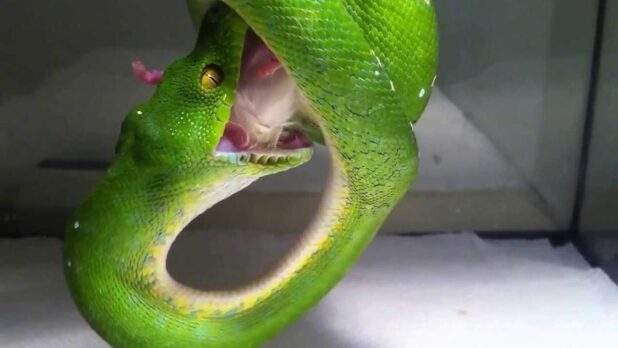
The diet of a reptile should contain at least 25-60 percent protein. The amount should be doubled for babies. You need to feed them insects that have protein value within this range. Generally, an insect that is perfect as a protein source is the Dubia roach.
Their body consists of 23 percent protein, well within the necessary limit. An alternative could be discoid roaches, having 17 percent protein. Other insects such as crickets and mealworms also have an average amount of protein.
2. Fat
Fats are also an essential part of a reptile’s diet. For humans, we need to worry about whether we are taking unsaturated or saturated fat because saturated fats are harmful.
The same can be said for reptiles. If you feed them insects that have too much fat, it will cause various problems such as strain on the organs and obesity.
But if they eat the right amount of fat, it will provide them with sufficient energy and help keep their blood cholesterol in control. They also help in absorbing different vitamins (such as vitamin A, D, E, and K).
Feeder insects that have the right amount of fat include black soldier fly larvae (4 percent fat), and crickets (3 percent fat). Another popular source of fat is wax worms since they are easy to breed and maintain. To learn more about wax worms, you can check out topflightdubia.com.
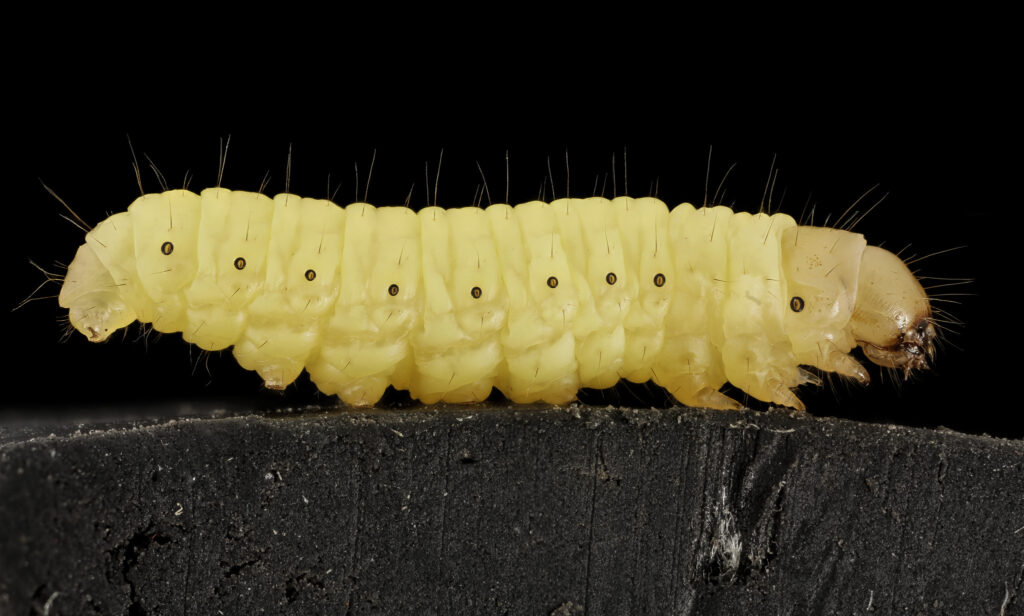
3. Water
Like all other animals, reptiles drink water separately, but providing them insects that have a lot of water in their body helps them digest it easily. This is why bugs with high water value are often mixed with other insects. But you need to ensure that the water value in the feeder insects is not very high.
Generally, the right amount of water that must be within the food is about 50-70 percent. Any higher than that could cause trouble. For example, if the reptile eats high-protein and high moisture food together, it could cause diarrhea.
The insects that have the right amount of water are black soldier fly larvae (61 percent), Dubia roaches (66 percent), and crickets (71 percent). Other insects like silkworm (79 percent water) are also fine, as long as you do not feed them regularly.
4. Fiber
Fibers are carbohydrates that resist digestion. They are essential nutrition because they make the stool bulky and soft, reducing the chance of constipation.
Fiber is also required for reptiles because if they do not defecate properly, it could lead to constipation. So you need to feed your reptile feeder insects that are rich in fiber.
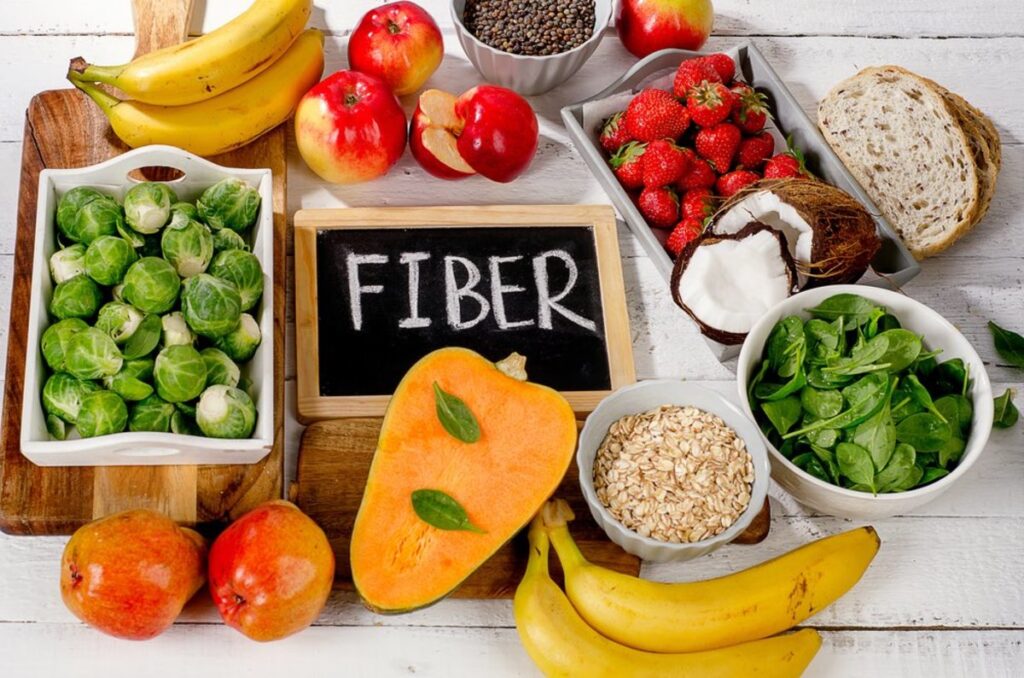
Fortunately, almost every insect out there has the right amount of fiber for your reptile. Crickets, roaches, mealworms, flies are almost all rich in fiber. So any insect you feed your reptile will be just fine.
5. Ash
Ash is a substance that comprises all the inorganic residue that remains after the oxidation of organic matter in food. These are mostly minerals such as potassium, sodium, etc.
Ash helps keep the bones strong and steady while keeping the heart and the brain working properly.
Ash is also a substance that is found in the right amount in most insects. Some particular insects like the black soldier fly, however, have a higher ash amount. So if you want to feed your reptiles some rich minerals, black soldier flies are the way to go, especially their larva.
6. Calcium-Phosphorus Ratio
This is something you must always focus on. Because if your reptile does not get the right proportion of calcium and phosphorus, then it will suffer from metabolic bone disease.
This disease occurs when there is a low amount of calcium in the food. So the digestive system steals calcium from the bones, making the bones very fragile.
Generally, the right calcium to phosphorus ratio should be 2:1. Because if you want phosphorus to be digested properly, you need to have double the amount of calcium.
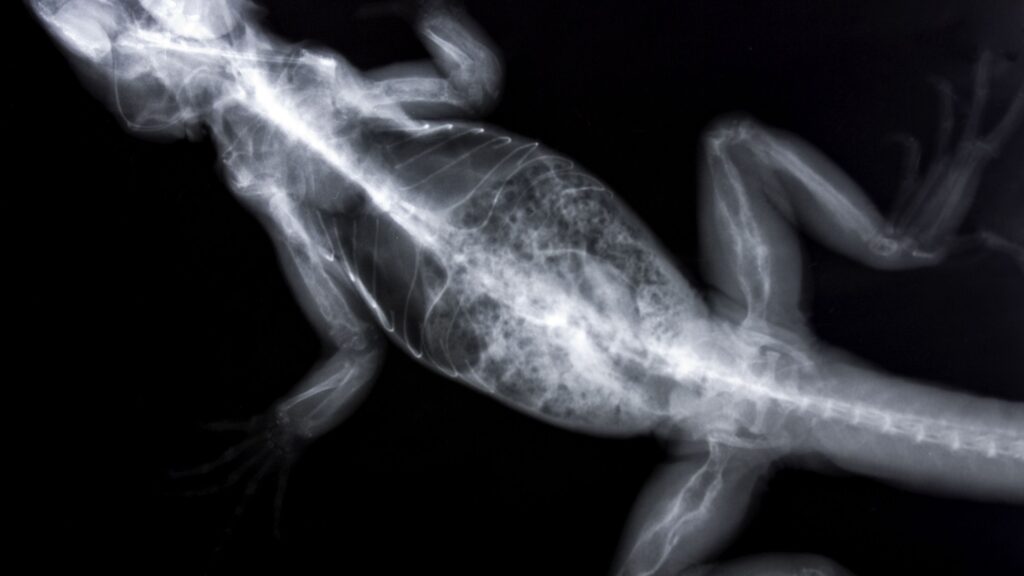
Feeder insects in general are not a good source of calcium, but they have a lot of phosphorus. To compensate for the high amount of phosphorus, you need to give your pet reptile some calcium supplement.
This way, the calcium to phosphorus ratio gets balanced. The only insect that naturally has the right calcium to phosphorus ratio is the black soldier fly larvae, having a ratio of 3:1.
The Perfect Feeder Insect for Reptiles
While reptiles do not need to eat regularly like cats and dogs, they do need their regular source of nutrition.
To be honest, there is no perfect feeder insect for your pet reptile. One insect may have a surplus of one nutrition fact while lacking another. Some of them, however, have nutrition value that is fairly close to the necessary amount. Such insects are crickets, Dubia roaches, and black soldier fly larvae.
Final Thoughts
The right amount of nutrition is necessary if you want your reptile to lead a healthy life. So feed them different types of insects so they can get a balanced nutrition amount. Also, give them additional calcium supplements to protect them from various bone diseases.
 World Magazine 2024
World Magazine 2024
